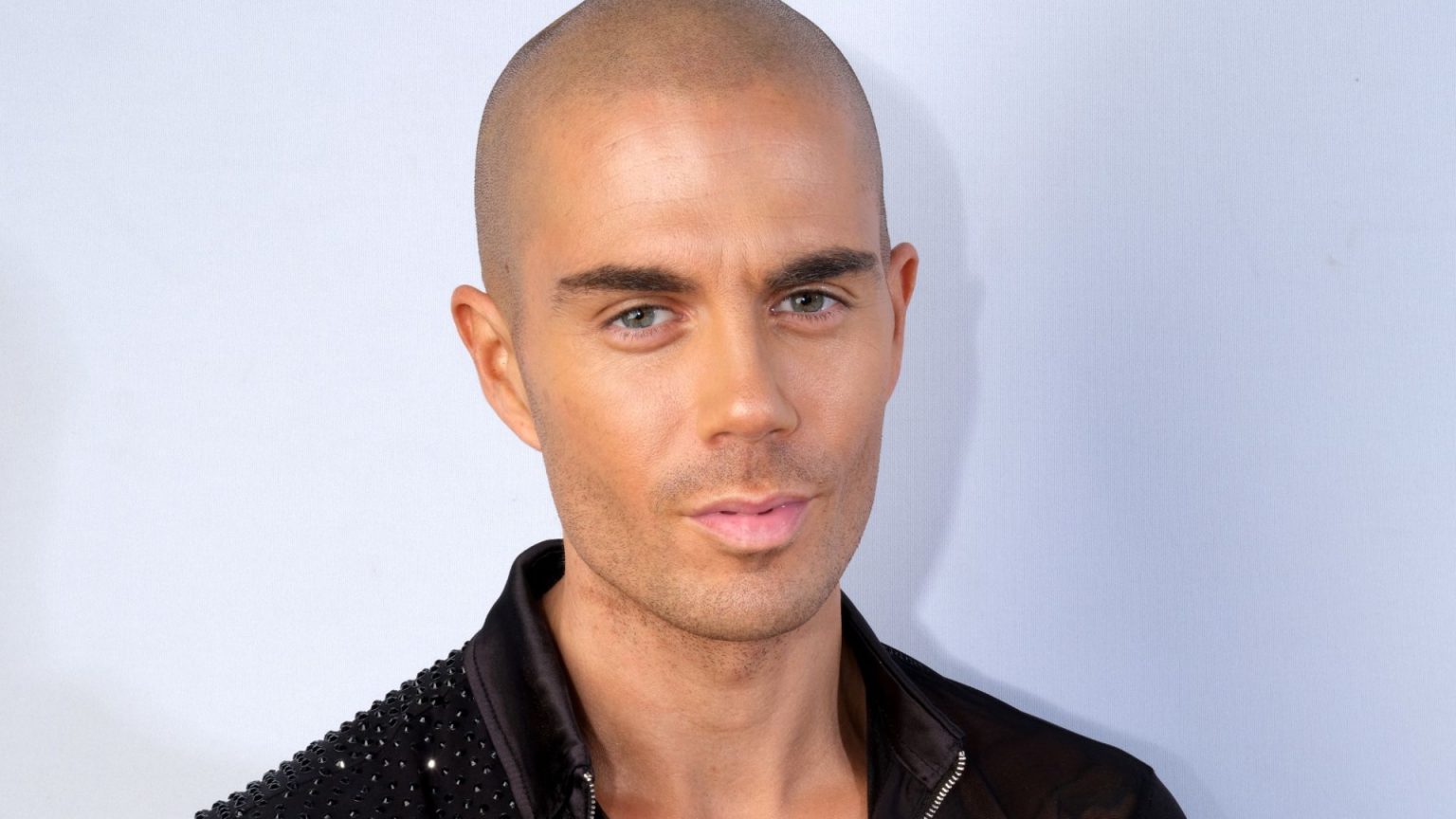Max George, a member of the British pop band The Wanted, recently underwent heart surgery to have a pacemaker fitted, a procedure that addresses irregularities in the heart’s rhythm. His experience resonated with many, and he publicly sought advice regarding a post-surgical “flicking” sensation in his chest. Elliot Awin, a 36-year-old who also received a pacemaker at a young age, reached out to offer reassurance and inspiration, highlighting his own journey of overcoming a similar health challenge to achieve extraordinary feats. Awin’s story serves as a powerful testament to the transformative potential of medical technology and the resilience of the human spirit.
Awin’s own path to receiving a pacemaker began with seemingly innocuous symptoms. In 2014, at the age of 23, he experienced episodes of a racing heart. Initially dismissing them as insignificant, he continued his active lifestyle, playing rugby and pursuing his daily routine. However, the persistence of the symptoms eventually prompted him to seek medical attention. Diagnosis revealed Wolff-Parkinson-White syndrome, a condition causing an irregular heartbeat. Despite the diagnosis, Awin maintained a sense of invincibility, continuing to play rugby until further serious episodes on the field necessitated medical intervention.
The subsequent years saw Awin grapple with his heart condition, including a diagnosis of paroxysmal atrial fibrillation and multiple hospitalizations. A critical turning point occurred during a routine knee operation in 2019 when his heart rate plummeted to a dangerously low four beats per minute, bringing him perilously close to death. This near-fatal experience finally convinced him to accept the necessity of a pacemaker. The device was implanted in February 2020, marking the beginning of a new chapter in his life.
The initial recovery period coincided with the onset of the COVID-19 pandemic and lockdown. However, Awin used this time to connect with friends and build a community through virtual wine-tasting events, turning a challenging period into an opportunity for social connection. While his heart condition forced him to retire from rugby, he embraced CrossFit training, which ultimately led him to discover a new passion: rowing. Inspired by a fellow athlete’s fundraising efforts, Awin set his sights on an ambitious goal: rowing solo across the Atlantic Ocean.
In December 2022, Awin achieved this remarkable feat, becoming the first person with a pacemaker to complete the gruelling 3,000-mile journey from the Canary Islands to Antigua. He aptly named his boat “Pacemaker,” symbolizing the device that enabled him to conquer this extraordinary challenge. The 44-day voyage not only tested his physical and mental endurance but also reignited his sense of invincibility. Awin’s experience embodies the spirit of human resilience, demonstrating how individuals can overcome adversity and achieve seemingly impossible goals.
Awin’s message to Max George and others facing similar health challenges is one of hope and encouragement. He acknowledges the initial difficulties of adjusting to life with a pacemaker but emphasizes that the benefits far outweigh the challenges. The device can be a “silver bullet,” effectively addressing heart problems and enabling individuals to live full and active lives. Awin’s own story serves as a powerful example, showcasing how a pacemaker can empower individuals to pursue their passions and achieve remarkable feats. He established the Wave Wrangler charity to further support those living with heart arrhythmia.
A pacemaker is a small, battery-powered device implanted under the skin near the collarbone. It monitors the heart’s rhythm and sends electrical impulses to regulate the heartbeat when necessary. The device typically consists of a pulse generator and one or more leads that connect to the heart chambers. The pacemaker is programmed to maintain a specific heart rate, ensuring that the heart beats efficiently. For individuals with heart conditions like Max George and Elliot Awin, a pacemaker can be life-changing, providing the necessary support for the heart to function properly and enabling them to lead active and fulfilling lives.




